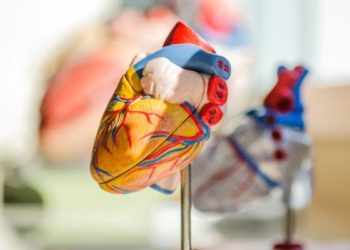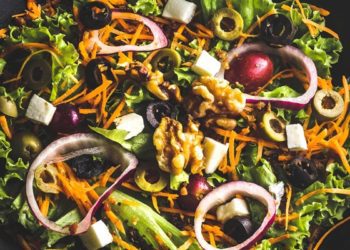Food hardship relief is associated with fewer pediatric emergency department visits
1. Supplemental Nutrition Assistance Program (SNAP) participation is associated with decreased pediatric emergency department utilization. This association is mediated by both decreased family-level food hardship and improved child health status.
2. The benefits of SNAP participation on decreased emergency department utilization are greatest for children with special health care needs.
Evidence Rating Level: 2 (Good)
Study Rundown: Family-level food hardship is a known risk factor for pediatric emergency department utilization. This study aimed to assess whether the Supplemental Nutrition Assistance Program (SNAP), a federally funded food hardship relief program in the United States, is associated with health benefits for children. In a secondary analysis of data from the National Survey of Children’s Health, SNAP participation was associated with fewer pediatric emergency department visits, with the greatest benefits seen for children with special healthcare needs. This association was mediated by both decreased family-level food hardship and improved child health status. The analysis benefits from a large, nationally representative sample, as well as from rigorous epidemiologic methods. By capitalizing on probit models that incorporate instrumental variables, the authors were able to account for differences in SNAP implementation across states. Limitations, however, center around the possibility that residual confounding by unmeasured variables persists despite these modeling efforts. Additionally, participation in SNAP is likely correlated with the use of other benefit programs, which were not accounted for in the analysis, but might influence child health.
Click to read the study in Pediatrics
Relevant Reading: Social risk factors influence pediatric emergency department utilization and hospitalizations
In-Depth [cross-sectional study]: Using data from the 2016 to 2019 National Surveys of Children’s Health, this study aimed to assess whether family participation in SNAP is associated with decreased pediatric emergency room utilization. In total, a sample of 24,990 children, ages 0 to 17 years, living in households earning <150% of the federal poverty level, was considered. Structural equation modeling was used to assess the association between SNAP participation and pediatric emergency use among this group, accounting for two instrumental variables (categorical eligibility for SNAP and recertification periods); measured confounders (on the family level: child’s age, sex, race/ethnicity, parent/caregiver employment, parent/caregiver education, household income, and the presence of a smoker in the household; and on the state level: unemployment, GDP, and income per capita); and a latent variable representing unmeasured confounding. Probit models were then run to estimate the probability of pediatric emergency department utilization, overall, and for children with and without special health care needs (SHCN) separately. SNAP participation was associated with decreased probability of household food hardship (-18.3%), increased probability of a child being in excellent health (+8.1%), and decreased probability of pediatric emergency department utilization (-5.2%), all significant at the level of p<0.01. These relationships were stronger across the board for children with SHCN than those without.
Image: PD
©2023 2 Minute Medicine, Inc. All rights reserved. No works may be reproduced without expressed written consent from 2 Minute Medicine, Inc. Inquire about licensing here. No article should be construed as medical advice and is not intended as such by the authors or by 2 Minute Medicine, Inc.







